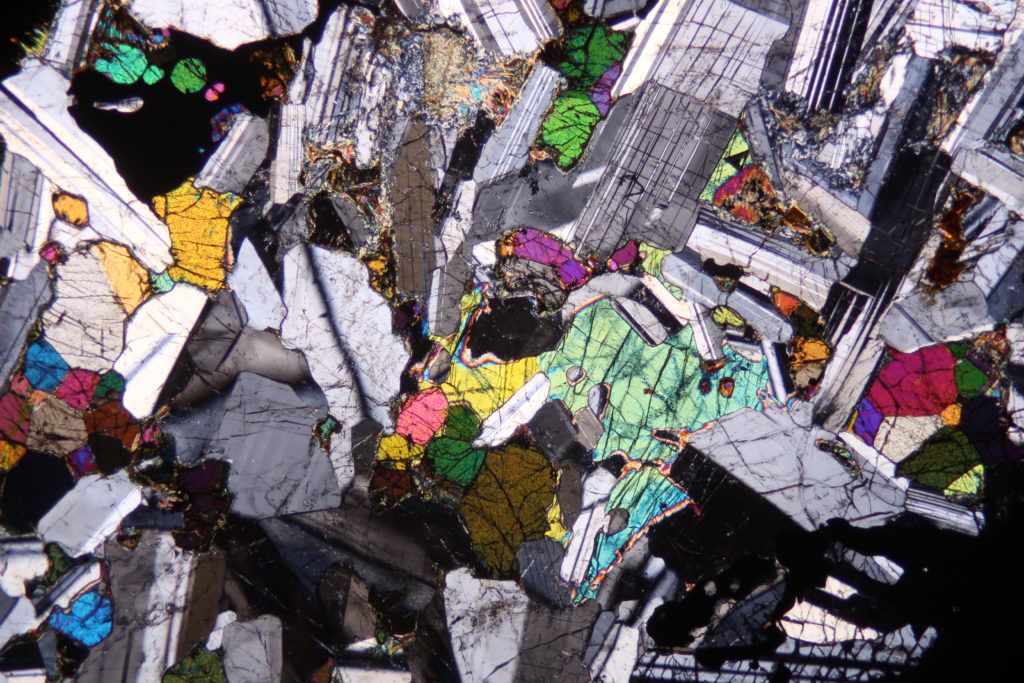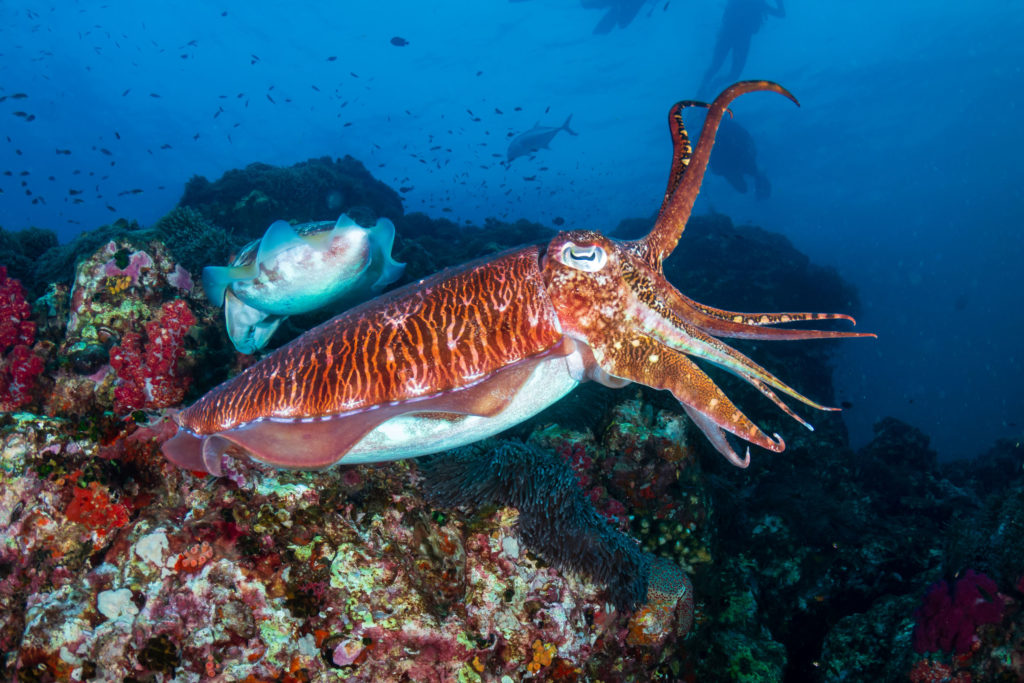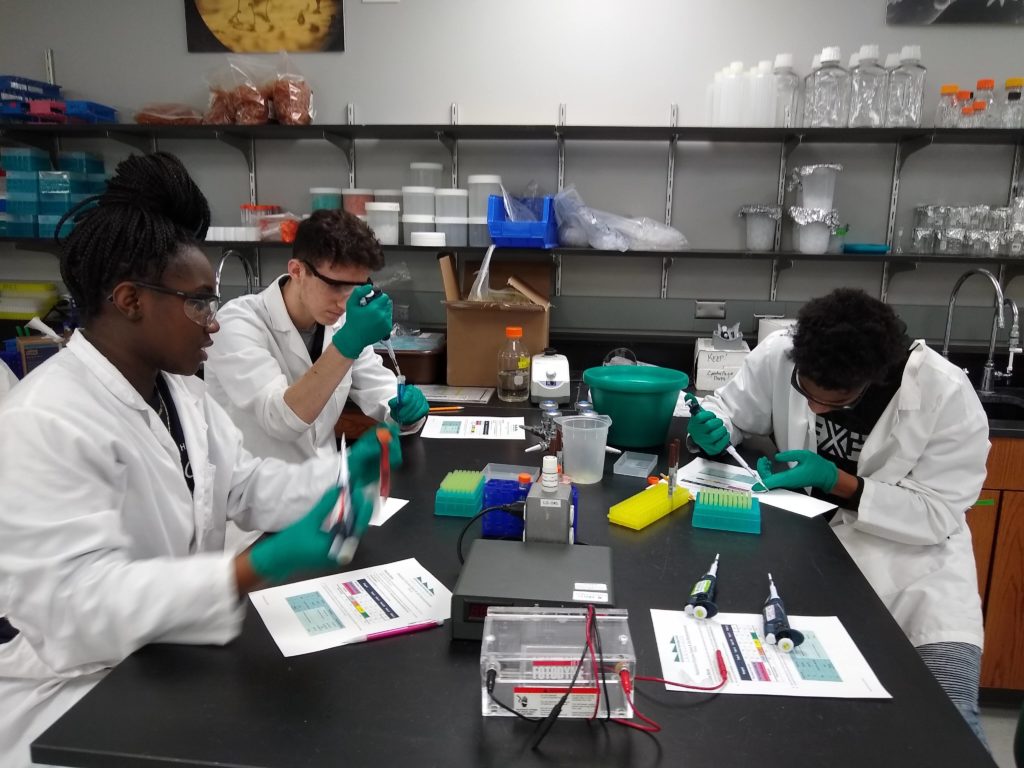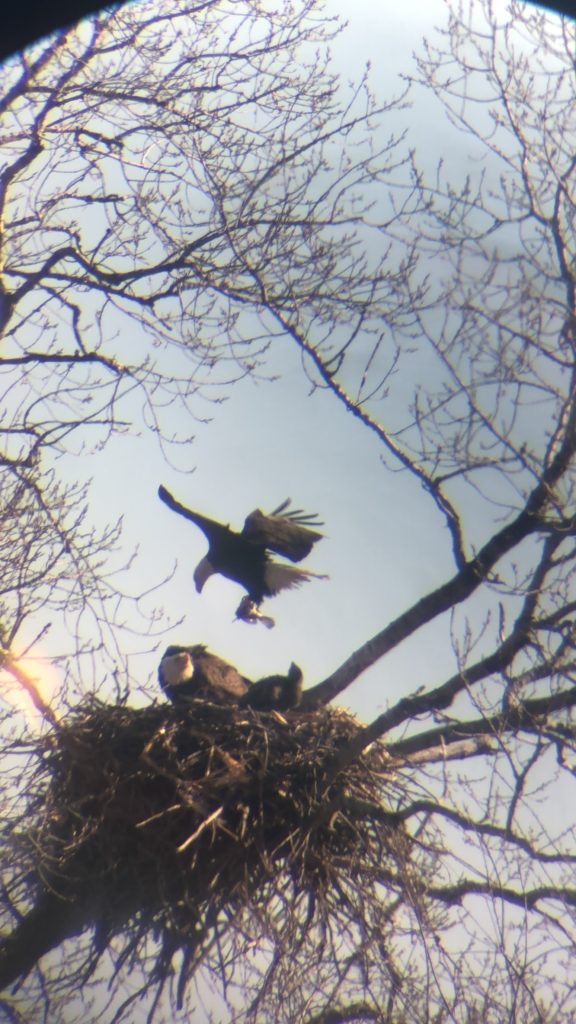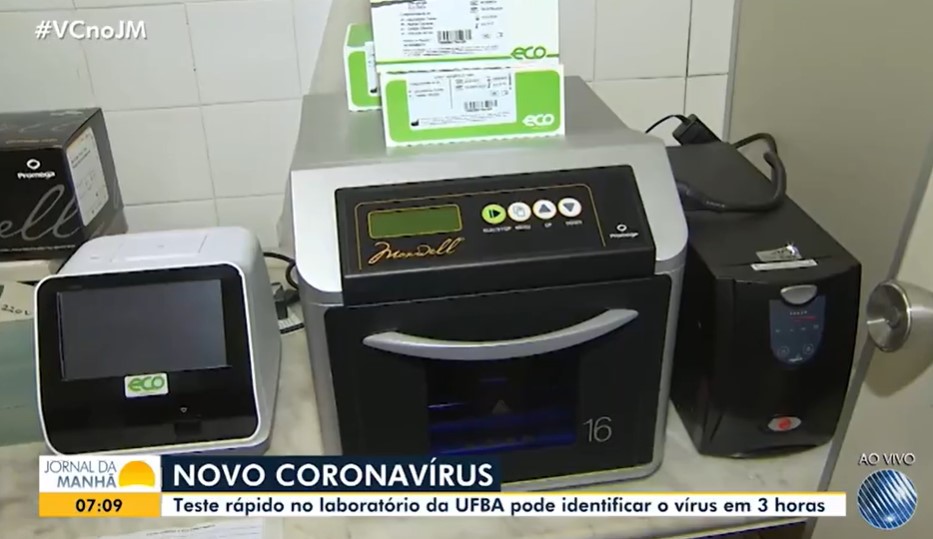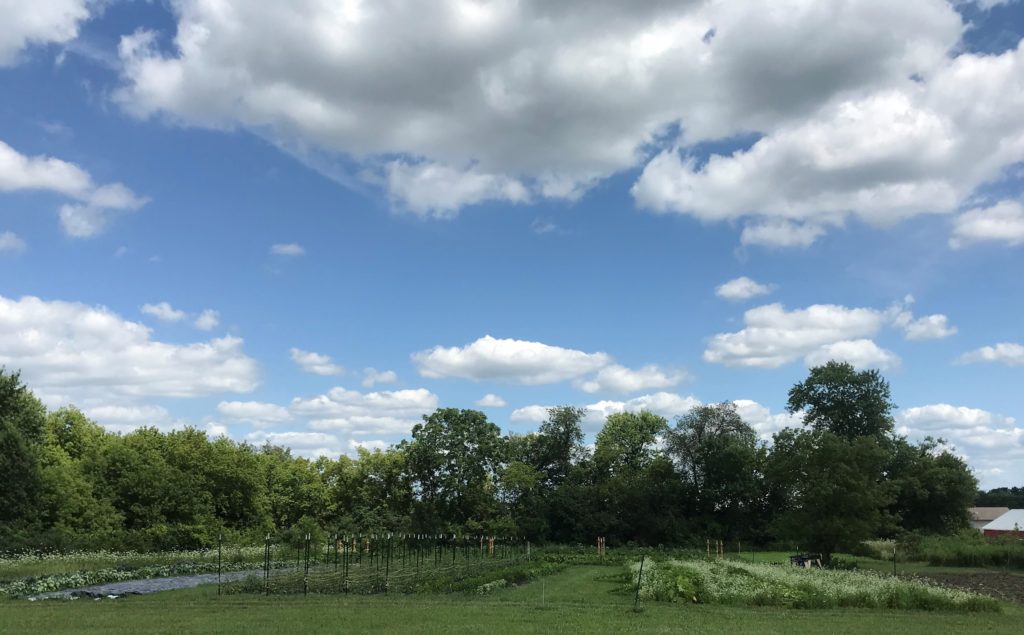This post was written by guest blogger, Karen Stakun, Brand Manager at Promega Corporation.
When I arrived at the garden that morning, I was completely focused on the clusters of ripe tomatoes I’d hoped to see. I was there to take photographs, and the red, ripe fruit was going to be the star of the show. In every direction, there were long rows of plants: raspberries, peppers, okra, cabbage, fennel and kale. A black pickup truck pulled up to the edge of the Promega garden and a pair of well-worn work boots landed hard on the dewy grass. Mike Daugherty introduced himself as a Master Gardener, Master Composter, and member of the Promega culinary services team.
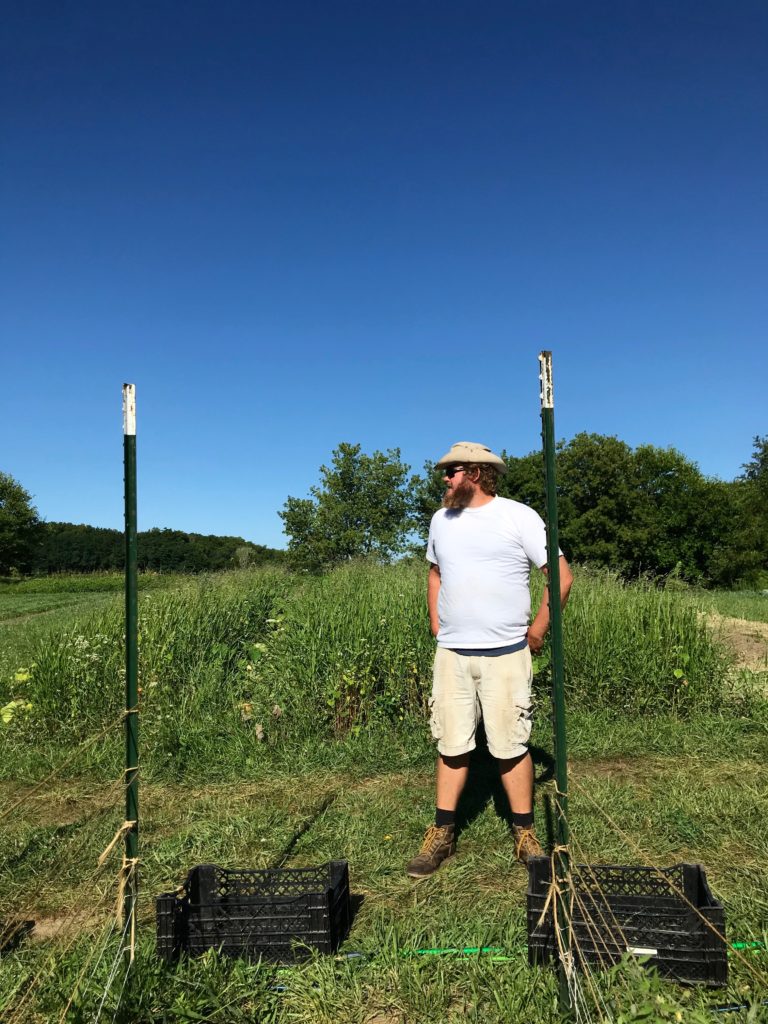
Mike laid out black plastic crates at the end of each row of the tomato garden. There were 700 bed feet of heirloom slicers and paste tomatoes to be harvested. Seduced by the intense red, orange and yellow of the juicy tomatoes, my thoughts immediately drifted to visions of BLT’s, caprese salad and gazpacho soup. As he hand-carried 3 or 4 tomatoes at a time and laid them in the crates, Mike called my attention to all the other things that were going on around the fruit.
Continue reading “More than Gazpacho: Farming the Soil to Sustain the Ecosystem”